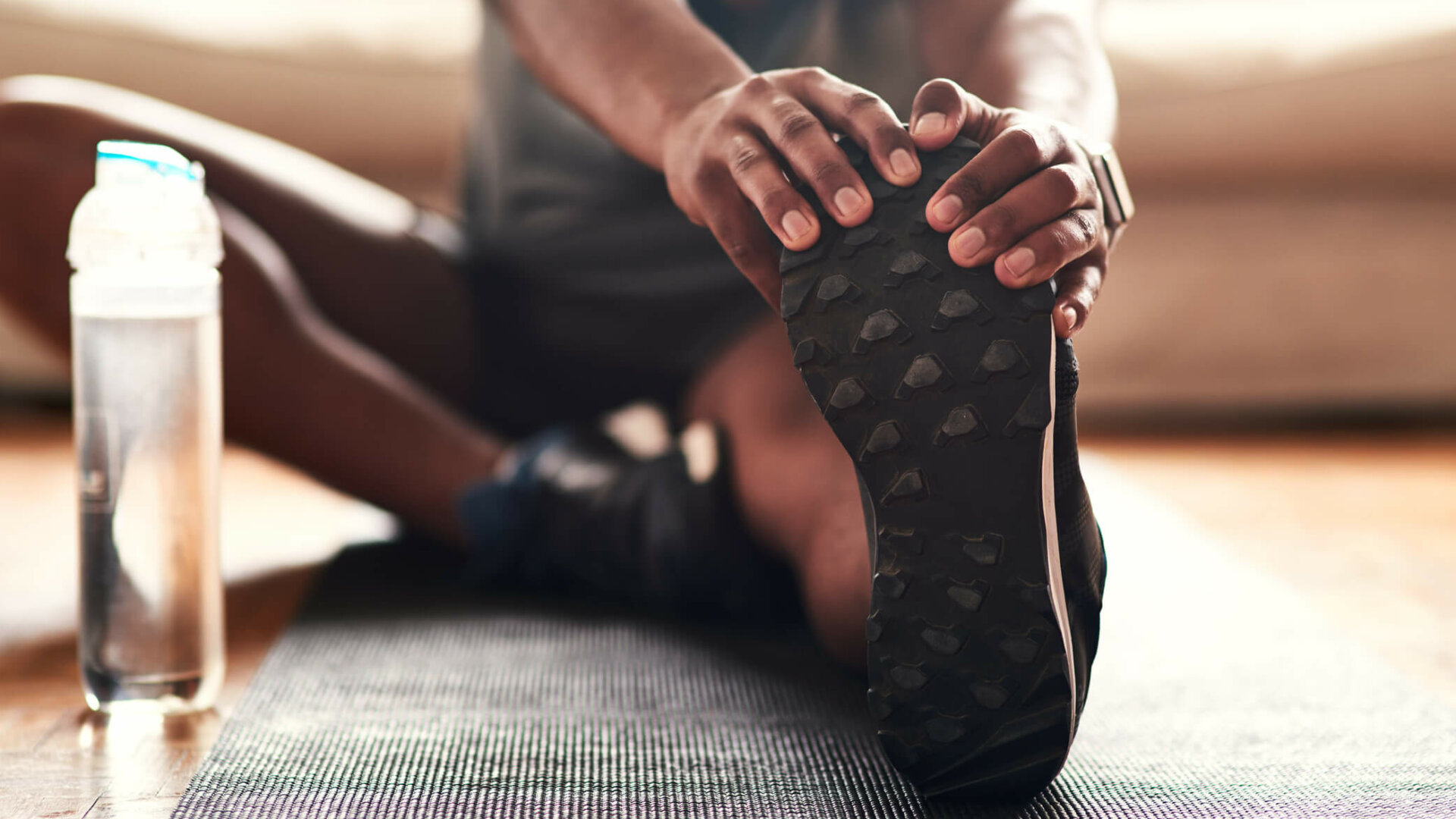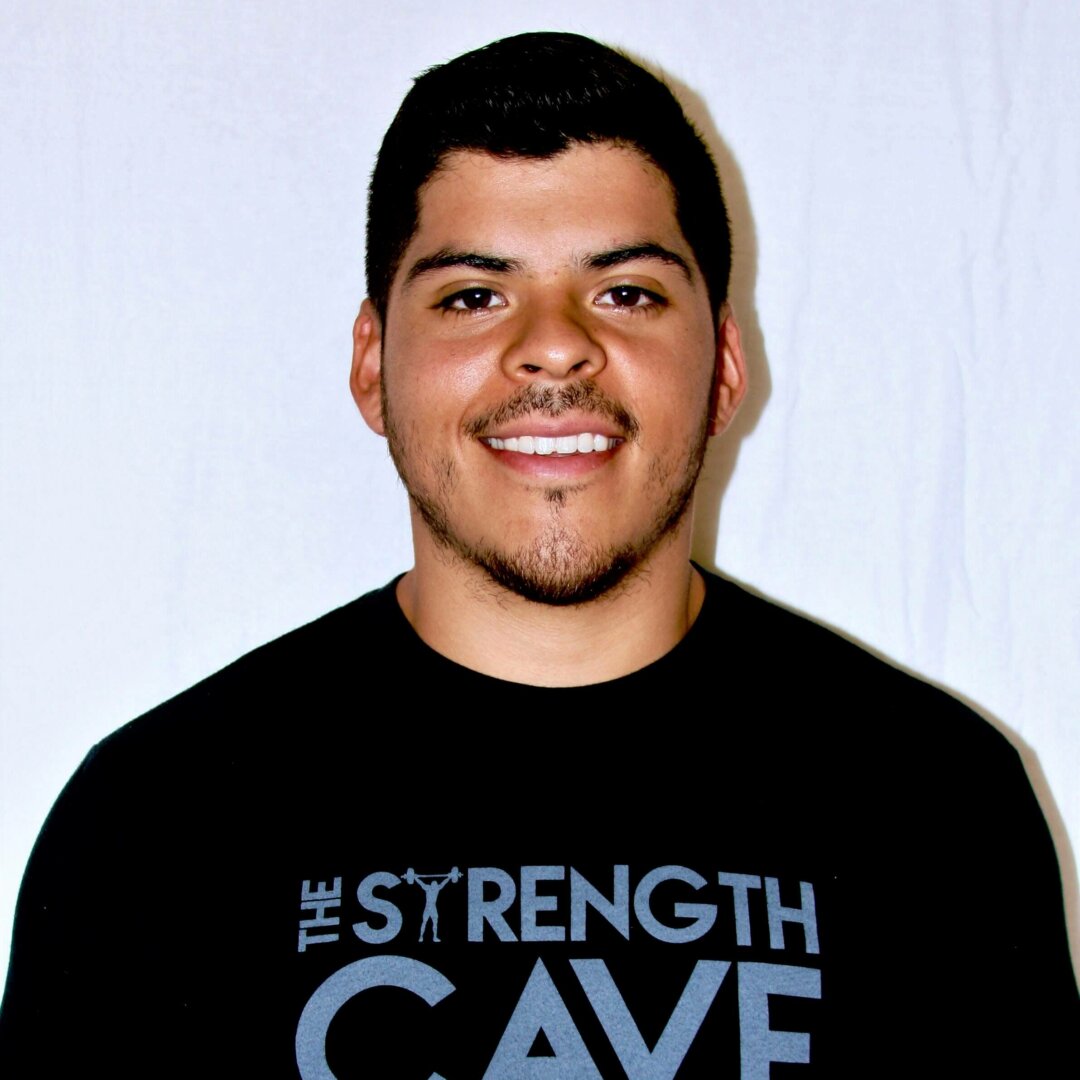When it comes to working out, there are a few fundamentals that are crucial to your success. Everyone knows about the sexy stuff like periodization, progressive overload, exercise technique, and so on. However, people tend to overlook the importance of a proper warm up. Obviously, most are aware that they can’t just walk in and squat 315 for reps without some sort of warm up, but they might also think that all warm ups are created equally. That couldn’t be farther from the truth.
Granted, the overall goal of a warm up is to get the muscles loose, limber, and prepared for movement. This helps you get into a position to perform well and reduce injury risk. However, the route you take in getting to this state can make all the difference. The question is, just what should your warm up look like? Is stretching a good enough warm up? Are there components of a warm up that actually improve performance? You’ll soon find out that a warm up is not something to be taken lightly, as it can have a serious impact on your athletic ability. The key to a successful warmup is putting together the components in an intelligent fashion so they bolster your success in the gym.
To Stretch or Not to Stretch?
You can split stretching into two categories: dynamic and static. Static stretching is the classic style where you elongate your muscle and hold that position for say, thirty seconds. Bending down and holding the back of your ankles to stretch your hamstrings is a good example. Dynamic stretching is a bit different in that you move through a range of motion that stretches your muscles, but you never really hold any one position for very long. Think deep lunges with a twist as a dynamic stretch for your quad and hip muscles.
Dynamic stretching fits nicely into a proper warm up. Not only does it get the muscles limber by way of the stretch, but it gets them moving and full of blood. That’s why most coaches will tell you to include dynamic stretching in your movement prep. Most studies agree that dynamic stretching is mostly beneficial for performance, making it a great choice for your warm up [1].
Static stretching, on the other hand, has been cast away as a dangerous practice. Studies have shown that static stretching seems to decrease force output, which certainly isn’t helpful for strength athletes [3]. However, the devil is in the details when it comes to static stretching. Holding a stretch for very long periods of time (60+ seconds) seems to be bad for performance. However, short duration holds (5-10 seconds) or very intense stretches may actually help you. Some people feel relief of stiffness or discomfort from a short static stretch, which would help you mentally as you prepare for your workout. If you do use some static stretching, just make sure to give yourself several minutes before attempting heavy resistance training.
In the end, it seems that dynamic stretching is the better choice, as it has a positive effect on performance. Static stretching can be included as long as you don’t overuse it and keep the hold to shorter time frames. It is worth noting though that the usefulness of dynamic stretching may not come from the stretch itself, but rather from the movement which activates the muscles that will be used during the exercise.
Activation Exercises
You may have seen people in the gym doing some interesting looking exercises before they begin their real workout. These could be bird-dogs, dead-bugs, clamshells, monster walks, foam roller shoulder roll outs, or breathing drills, just to name a few. Those names might not mean anything to you, but they are actually really great “activation exercises” that can make for a great warm up. These types of exercises are usually rooted in rehab/physical therapy, but have great carryover to athleticism.
As mentioned before, the main goal of a warm up is to prepare you for more complex and intense movement. Warming up for squats by performing air squats or empty bar squats isn’t a bad idea since it gets the main muscles nice and ready, but sometimes people have a hard time “activating” the smaller synergistic and/or stabilization muscles. Activation exercises can help you to get those stabilizers and helper muscles ready to rock. Better yet, some people have a few bad habits in posture or mechanics that can be “fixed” with these activation exercises.
For example, some people have weak core endurance or have a hard time activating their core musculature fully. This can be remedied with some core activation exercises and/or breathing drills. Others might find that they have excessive anterior pelvic tilt, or “tight” hip flexors from sitting too much. Certain hip drills and activation drills can help quiet those issues ahead of a heavy training session. The key is finding the right exercises for your specific needs.
The great thing about these activation exercises is that they complement the benefits of dynamic stretching. They usually take you through an extended range of motion while challenging the musculature, which gets the muscles limber and full of blood. They also offer an extra boost in terms of performance. Often, these activation drills hone in on neural pathways which aid in preparing the nervous system for the movement ahead [4]. By activating the nervous system, these drills can improve movement quality above just getting the muscles warm. They actually make your movement more efficient, which should translate to extra pounds on the bar or reps in the session [2].
What about Cardio?
Many people choose to jump on the treadmill or recumbent bike as they prepare for their workout. This is certainly a great way to get yourself warmed up since it gets your muscles moving and your blood pumping, but it doesn’t do much else outside of getting your body warm. Doing cardio as your only warm up won’t prepare you enough for tough resistance training, although doing a bit of cardio as a part of your warm up can have a positive effect on the rest of your movement prep since you’ll begin your dynamic stretching or activation exercises already somewhat warm and limber.
You’ll of course want to pick something that makes sense for the exercise you have planned for the day. If you are doing upper body movements, it may not be the smartest idea to warm up on the recumbent bike. Perhaps the rower or the elliptical would be a better choice in this case. You also want to make sure that you don’t overdo it cardio wise. There is no need to do any sprints or half hour long sessions in order to get ready for your training. 5-10 minutes at a light to moderate intensity is all you need. It is also best to perform your cardio before any activation exercises so you don’t lose their effect by the time you actually start working out.
A Word on Time Frame
The best thing to keep in mind with your warm up is don’t over-do it. If your warm up is lasting more than 15-20 minutes, something isn’t quite right. The warm up shouldn’t be a workout in and of itself. It should be a quick movement preparation ahead of the real workout. Five to ten minutes of cardio, and five to ten minutes of stretching/activation drills is all most people really need before they’re ready to start the real work. There are exceptions to this rule, but mostly in the case of those who are rehabbing from a serious injury. So, if you’re young, healthy, and injury free, you shouldn’t be spending an hour getting prepared for your squat session. If that’s the case for you, try cutting down your warm up to the essentials and see how that affects your training sessions.
Conclusion
Although we tend to call our pre-training rituals a warm up, it should really be called a movement prep. We aren’t just warming up our muscles in order to work out, we are preparing our whole body for a bout of challenging exercise. This means that doing a few half-hearted stretches or a couple minutes on the treadmill isn’t going to cut it.
You’ll want to make sure your muscles and your nervous system are prepared to lift some serious weight. That’s why it is a great idea to include some dynamic stretching and activation exercises/drills in your movement preparation. These kinds of modalities will activate the necessary musculature and prime the nervous system for the workout ahead, but keep in mind you shouldn’t over-do it on these types of exercises. The last thing you want to do is tire yourself out before the workout even begins. Keeping your warm up around 20 minutes usually means you are getting enough activity in without going too far. With the right pieces, your warm up can do more than just get your body temperature up. It will actually improve your performance and lead to better development in the long run.
References
- Behm DG, Chaouachi A. A review of the acute effects of static and dynamic stretching on performance. European journal of applied physiology. 2011 Nov 1;111(11):2633-51.
- Francio VT, Boesch R, Tunning M. Treatment of a patient with posterior cortical atrophy (PCA) with chiropractic manipulation and Dynamic Neuromuscular Stabilization (DNS): A case report. The Journal of the Canadian Chiropractic Association. 2015 Mar;59(1):37.
- Power K, Behm D, Cahill FA, Carroll M, Young W. An acute bout of static stretching: effects on force and jumping performance. Medicine & Science in Sports & Exercise. 2004 Aug 1;36(8):1389-96.
- Spence H. Case study report: postural restoration: an effective physical therapy approach to patient treatment. Techniques in Regional Anesthesia & Pain Management. 2008 Apr 1;12(2):102-4.

